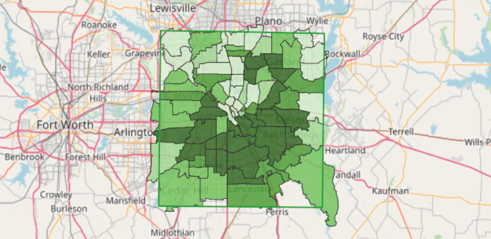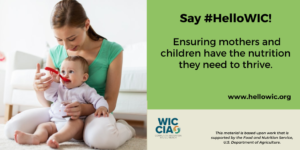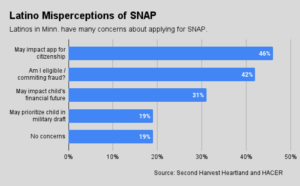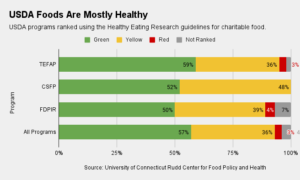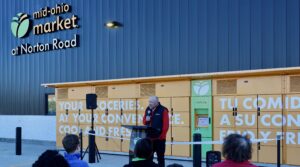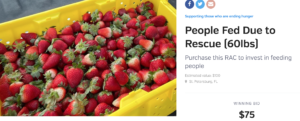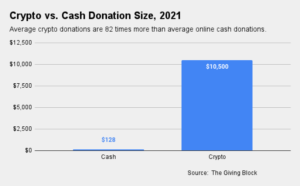Food banks are well aware that the extra SNAP benefits given out during the pandemic have now expired in every state. But they may not be aware of a tool that can help them more accurately predict the impact of the benefit’s expiration.
The Food Insecurity Index, developed by Conduent Inc., a business solutions company, uses health and socioeconomic indicators to provide hyper-local views of food insecurity rates. It scores areas as small as zip codes and census tracts on a scale of 0 (least food insecure) to 100 (most food insecure).
The Index’s granularity can unmask degrees of food insecurity that might otherwise be difficult to detect at a higher level, such as by county. The Central Oregon Health Council’s website, for example, indicates that one of its counties has an overall Food Insecurity Index score of 64.7. Index scores for the five zip codes within that county, however, range from 8.9 to 97.3.
“It really affirms what folks on the ground are already aware of, but don’t have the data to support — that there’s substantial need in the communities that they’re serving,” says Jane Chai, Community Health Subject Matter Expert with the Conduent Healthy Communities Institute.
The index, introduced in 2021, can help organizations validate their investments in local food assistance, while also helping to speed resources to those areas at greatest risk. In addition to focusing on relative levels of need both nationally and within a community, the index “provides data and analytics to justify…investments at the hyperlocal level,” Chai said.
Conduent compiles the index using indicators it has validated as having the highest correlation to socioeconomic hardship and poor food access. These include, for example, household income, household environment (e.g., single-parent households), Medicaid enrollment, and self-reported poor health. Conduent weights the indicators shown to have the strongest correlation and reviews the weightings annually as it updates the data (around November).
The result, Chai said, is an index that is “trying to look ahead at which communities are going to be most impacted by food insecurity.” While not updated in “real time,” the hope is that the index “can help us get ready for action” when events such as the end of extra SNAP benefits occur, Chai said.
Chai positioned the index as a complement to Feeding America’s annual Map the Meal Gap report, which calculates food insecurity rates at the county and congressional district-level, in addition to measuring data such as the average cost of a meal and the annual food budget shortfall for food insecure families.
Conduent offers the Food Insecurity Index as part of its SocioNeeds Index Suite, a compilation of indicators designed as an information hub for local communities. Clients include a mix of health departments, hospitals and health systems, and community-based organizations – organizations Chai describes as “conveners of community health in their communities.” Many of these conveners, such as Healthy Mendocino in Mendocino County, Calif., make the information for their service area publicly available online.
As a general rule, pricing for the index varies based on geographic scope and the type of data accessed. – Amanda Jaffe
Amanda Jaffe is a writer and former attorney with a deep interest in organizations and mechanisms that address food insecurity. In addition to Food Bank News, her essays and articles have been published in a number of print and online magazines and journals. Her writing may be found at www.amandajaffewrites.com.
PHOTO, TOP: An example of a hyper-local view of food-insecurity rates in the Dallas area.
Like what you’re reading?
Support Food Bank News
This article was made possible by the readers who support Food Bank News, a national, editorially independent, nonprofit media organization. Food Bank News is not funded by any government agencies, nor is it part of a larger association or corporation. Your support helps ensure our continued solutions-oriented coverage of best practices in hunger relief. Thank you!
Connect with Us:
